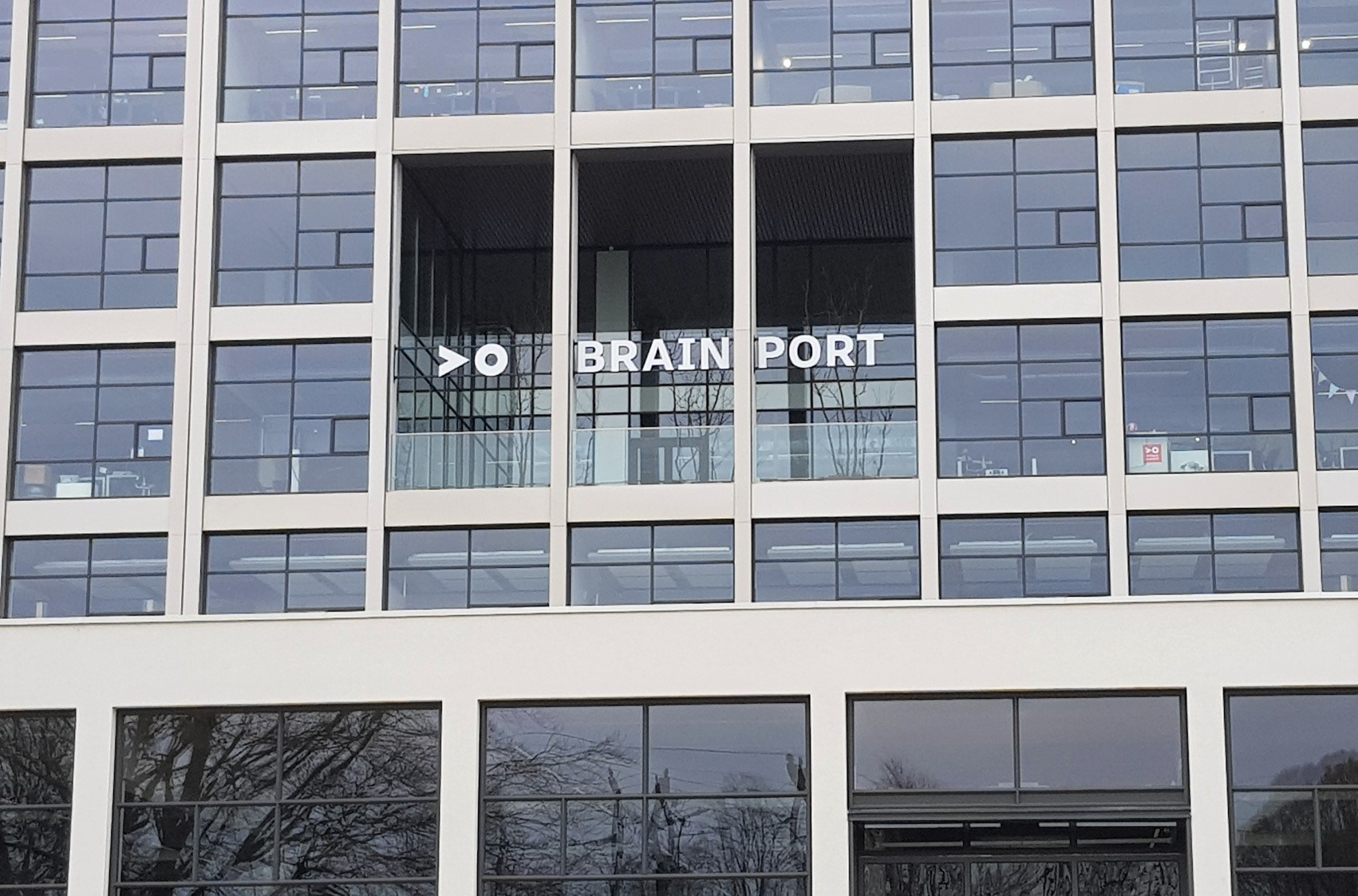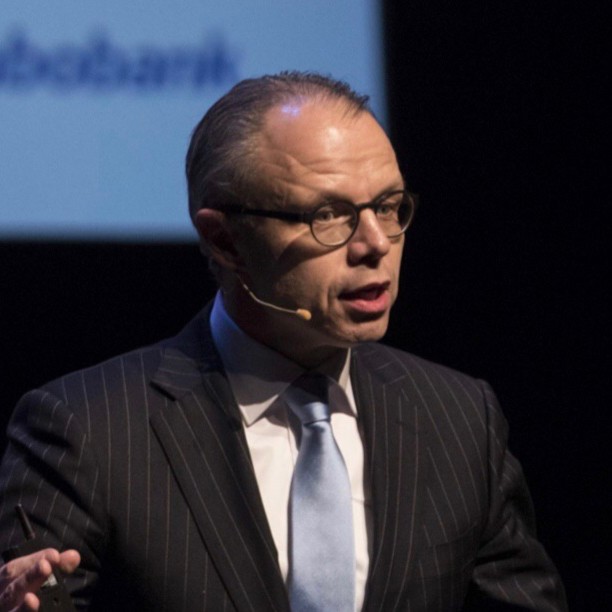
The Brainport region is an important growth engine of the Dutch economy. It is therefore very important, both for the region itself and for the country, to further strengthen this position. The fact that this not only increases the earning capacity but also makes it possible to tackle numerous societal challenges, makes that goal all the more relevant. In a series of 12 articles, Innovation Origins looks at the most striking issues within this endeavor. In this, we are guided by the research report ‘Brainport at the top‘ that Rabobank published in collaboration with Strategy Unit. Today, in the sixth article in this series, we look at the importance of choosing.
So many opportunities, so many key technologies that deserve our attention, so many possibilities also for initiatives from the Brainport region. Take for example nanotechnology, Artificial Intelligence (AI), Smart Industry, additive manufacturing, system engineering and photonics, ‘just’ a few key technologies that not only have great expectations for the future but also specifically appeal to the qualities of Brainport. And yet… we can’t do everything, if only for financial reasons.
Better medical care
One of the important tasks Brainport stands for is, therefore, to make sharper choices for (key) technologies. Because friend and foe agree that these technologies are important in the context of the Brainport ambitions. Key technologies provide better medical care, cleaner transport, more efficient production, to name but a few applications. They help our society and are also of great economic importance because they create more activity, productivity, new markets, and greater competitiveness.
The stakeholders in the Rabobank study indicate that there is still a great deal of fragmentation at the moment, especially when it comes to the distribution of the scarce resources that are available. “It would help if some technologies were really identified as spearheads around which a cluster could be developed; a set of collaborating companies and institutes.”
It goes without saying that these spearheads must then be in line with what is happening now and what the region is good at, but that immediately makes it difficult: after all, each of these major key technologies can help to solve the major societal challenges on a global scale. Which is exactly what Brainport wants to play a role in.

The starting point for making these choices is the triple helix: the much-praised collaboration between companies, government, and knowledge institutions in the region. The respondents gave this collaboration a score of 7.3 (out of 10); many see it as a decisive factor in a subsequent success. For Brainport Director Paul van Nunen this is also due to the nature of the innovations in the Brainport region. “You can make all kinds of complicated considerations about this, but it is just a fact that we in Europe – and certainly in the Netherlands – have less easy access to budgets than in some other areas of the world. This is partly because we do not focus on platform technologies, which investors are more likely to spend their money on. We are much more concerned with complex products, with high downside risk and a time to market of up to 15 years. This means that we not only always have to work on new funds – it’s great that we recently received the news about the new Deep Tech fund – but also on smart collaboration. That’s exactly why this triple helix is so essential for us.”
Brainport Agenda

Not accidentally, last summer, the Brainport Agenda also highlighted the importance of the major key technologies for the region: photonics, nanotechnologies, quantum technologies, and high-tech, including digital technologies, advanced materials, chemical technologies, life science technologies, and engineering and manufacturing technologies. “Yes, we need to make a choice, but we cannot choose between the Key Enabling Technologies at the general level of digital technologies, engineering and manufacturing technologies, or photonics,” the Agenda states. “However, we can choose more deeply on a number of levels: between specific technologies and in combination with their application possibilities and the power of our innovation ecosystem.”
As an example, Van Nunen mentions EAISI, one of the ambitious programs in the region in which the knowledge institutes are building social solutions together with industry and governments. EAISI focuses on AI, not coincidentally one of those frequently mentioned key technologies. Van Nunen: “When it comes to making choices, this is definitely one. We want to be the AI hub in the world for AI systems. With EAISI we can achieve that: jointly designed, logically fitting into our culture and typically anti-hierarchically organized. The general focus in our ecosystem may be on building those large, complicated high-tech machines, but that does not make AI any less important. Machines are also fully data-driven these days.”
Going full steam ahead

AI is also a logical choice for Rabobank CEO Marc Cootjans. But it doesn’t have to be the only one, he adds. “In the field of photonics, for example, major steps have already been taken that deserve to be continued. You have to choose a few technologies and then go full steam ahead. That’s really essential: if that doesn’t work, you shouldn’t even start.”
But what does that mean exactly, ‘going full steam ahead’? Cootjans: “That means that the triple helix has to stand behind it in their combined forces. It also means that substantial money must come from public as well as private sources. And that we recognize that many of those resources have to benefit the scale-ups; those companies that have outgrown the start-up phase but still need extra support because the development of their important product takes so much time.”
It is exactly what Paul van Nunen points out: a platform technology, which can often be developed in a short period of time, is a much more attractive investment object than a company that focuses on that very complicated but also very important machine. The ‘unprofitable top’ in the development process will have to be partly taken care of by governments or public/private funds. Cootjans: “Those scale-ups are our biggest challenge in this area. That’s where really big money has to go. The announcement of the new deep-tech fund is therefore very welcome. And, of course, the bank is also taking its role in this. We are now looking at how we, at Rabobank, want to join this fund.”
To be or become a frontrunner
Back to the main question: how to choose? The Brainport Agenda emphasizes that this is not one static moment, but a constant quest in which the surrounding influences and developments like global research and application possibilities are examined. But in the end, there will be a wish list. Paul van Nunen: “We are investing extra in the key technologies in which we are or want to become frontrunners and which play an important role in realizing social transitions. That is why Brainport is putting the emphasis on:
- Advanced manufacturing, specifically additive manufacturing,
- Integrated photonics,
- Artificial Intelligence,
- Micro- and nanoelectronics.
On top of that, the Agenda mentions a challenge around systems engineering. This involves connecting technologies and integrating systems. System innovation requires substantial investments. Not only technology plays a role in this. New standards, innovations in legislation and regulations, and changes in behavior are also important.
No competition with China and the US
Finally, there is the position of Brainport, the Netherlands, and even Europe on a global scale. Key technologies are by no means the exclusive right of Brainport. China and the US have both put a lot of effort into data-driven investments, according to the interviewees for the report. So is it still a goal worth fighting for? “Competing with China and the U.S. seems like a tough battle”, the report says. Cootjans and Van Nunen are not afraid of it. “Partly in cooperation, partly in competition,” says the Rabo director. “Either way, we have to put our foot on the accelerator. In our own way, with our own clever minds. We have everything we need to play that role.”
“Above all, don’t turn it into a competition with China and the U.S.,” adds Van Nunen. “It’s all about our own strength, and that’s second to none”.
Read the other articles published so far in this 12-part series here.








